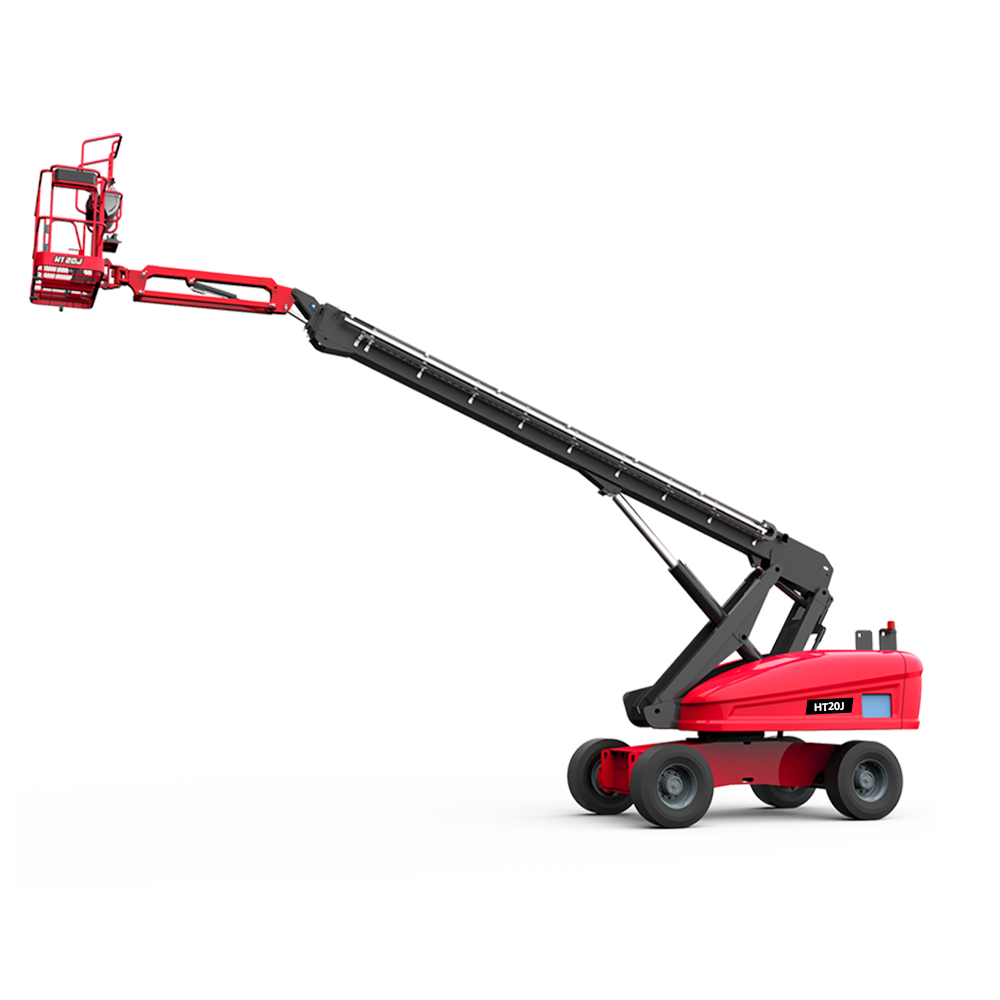What is the difference between galvanizing and zinc plating?
Mar. 25, 2024
Functional Features
Galvanizing: Galvanizing is a process of applying a protective zinc coating to steel or iron to prevent rusting. It involves immersing the metal in a bath of molten zinc, which forms a durable layer on its surface through a metallurgical bond.
Zinc Plating: Zinc plating, also known as electroplating, is a surface treatment method that deposits a thin layer of zinc onto the surface of a metal substrate using an electric current. It creates a protective barrier against corrosion and enhances the appearance of the substrate.
Advantages and Disadvantages
Galvanizing:
- Advantages:
- Provides superior corrosion protection, even in harsh environments.
- Offers excellent durability and longevity, with a lifespan of up to 50 years or more.
- Provides cathodic protection, meaning the zinc sacrificially corrodes to protect the underlying steel.
- Disadvantages:
- Limited aesthetic appeal, as galvanized coatings may have a rough or spangled appearance.
- Difficult to achieve uniform coating thickness on complex shapes or inside corners.
- Requires specialized equipment and facilities for the hot-dip galvanizing process.

Zinc Plating:
- Advantages:
- Provides decorative finish and enhanced appearance, making it suitable for visible parts.
- Offers versatility in coating thickness and can be applied to various shapes and sizes.
Featured content:Can an ozone machine get rid of old house smell?
The Principle of Pre-Foaming Machine
Why are hydraulic lift platforms useful?
5 Key Advantages of Sand Storage Hoppers
How does a pneumatic Sand Conveying System work?
What is the most profitable scrap metal?
What is the process of SMT equipment?
- Allows for selective plating and masking, enabling precise control over the plated areas.
- Disadvantages:
- Provides less corrosion protection compared to galvanizing, particularly in harsh environments.
- Prone to hydrogen embrittlement, which can compromise the mechanical properties of high-strength steels.
- Requires regular maintenance and reapplication to maintain corrosion resistance.
Indicator Differences
Galvanizing: Galvanized coatings are typically measured in terms of coating thickness, often specified in microns or mils. The thickness of the zinc layer correlates with the level of corrosion protection provided.
Zinc Plating: Zinc plating thickness is also measured in microns or mils, but the application may involve additional coatings, such as chromate conversion coatings, for improved corrosion resistance and appearance.
Applications
Galvanizing: Common applications of galvanizing include outdoor structures, such as fencing, guardrails, and street furniture, as well as automotive components, agricultural equipment, and utility poles.
Zinc Plating: Zinc plating is widely used in industries such as automotive, electronics, and hardware manufacturing for fasteners, screws, bolts, brackets, and other small metal parts requiring corrosion protection and aesthetic enhancement.
Conclusion
In summary, both galvanizing and zinc plating offer effective corrosion protection for metal substrates, but they differ in terms of application method, performance characteristics, and suitability for various environments. Galvanizing provides superior durability and cathodic protection, making it ideal for outdoor and industrial applications requiring long-term corrosion resistance. On the other hand, zinc plating offers decorative finish options and versatility in coating thickness, making it suitable for decorative and functional components in a wide range of industries. The choice between galvanizing and zinc plating depends on factors such as the application requirements, desired appearance, and environmental conditions.
Learn more about electroplating machine
Revolutionizing Recycling: Are Industrial Scrap Fragmentizers Sustainable?
Maximizing Efficiency: SMT PCB De-stacker Loader Tips
Which AGV vehicle type is best for warehouses?
Ultimate Guide to Custom SMT PCB Conveyors
Unlock Lightning-Fast Reloading with Speed Loader Boards
Ultimate Guide to Surface Mount IC Packages: Everything You Need to Know
SMD Components List with Images PDF: Your Ultimate Guide to Understanding Electronic Parts
296
0
0
All Comments (0)
Related Articles
If you are interested in sending in a Guest Blogger Submission,welcome to write for us!










Comments